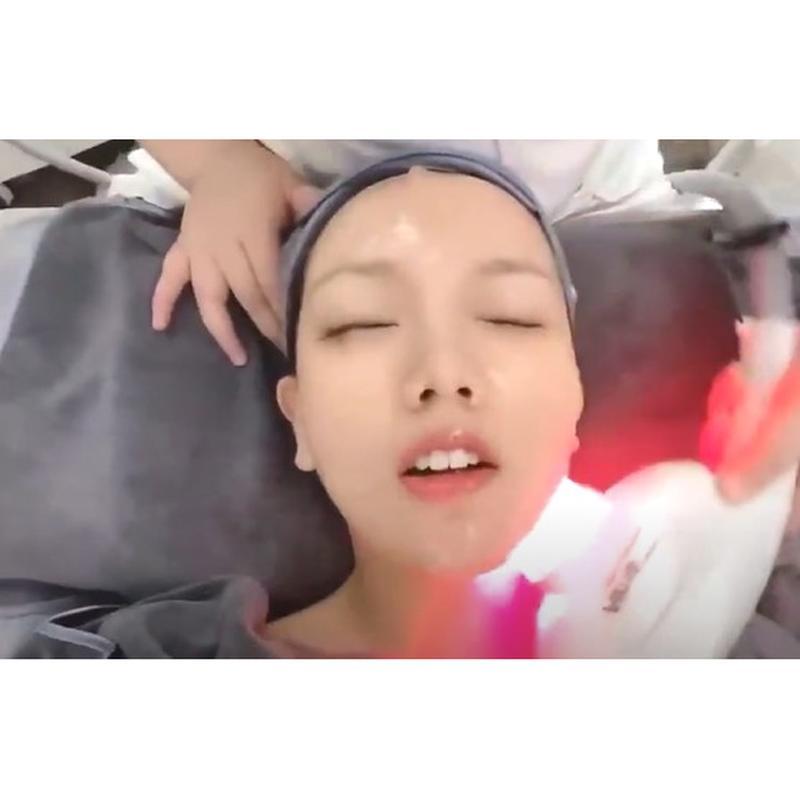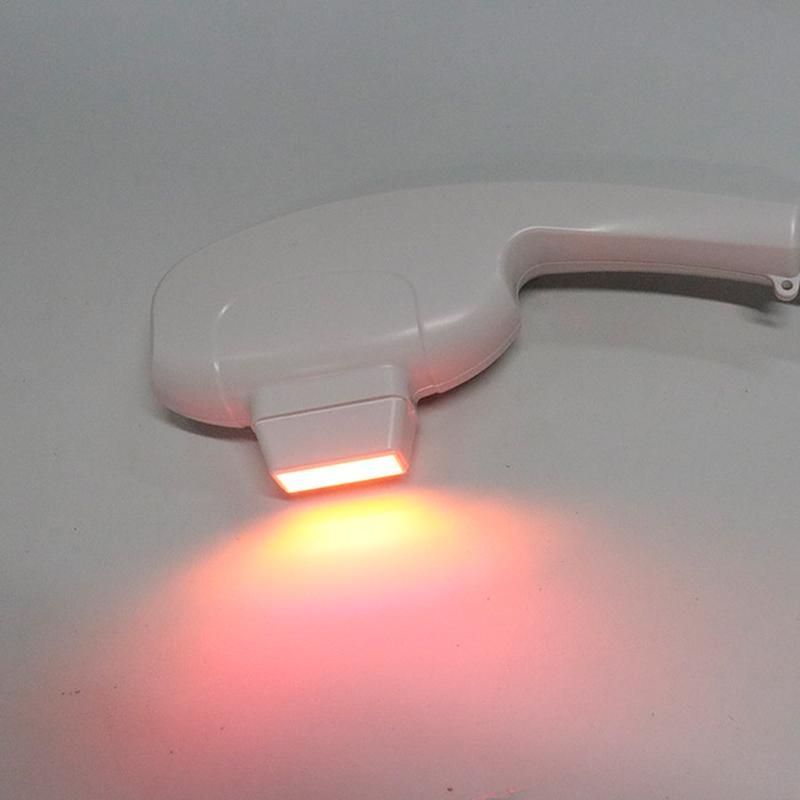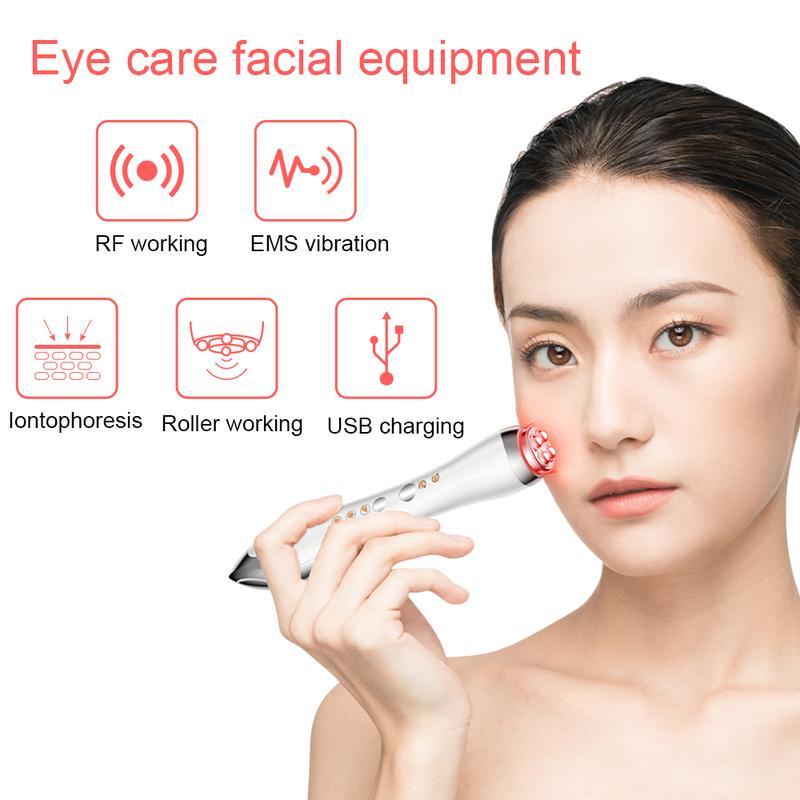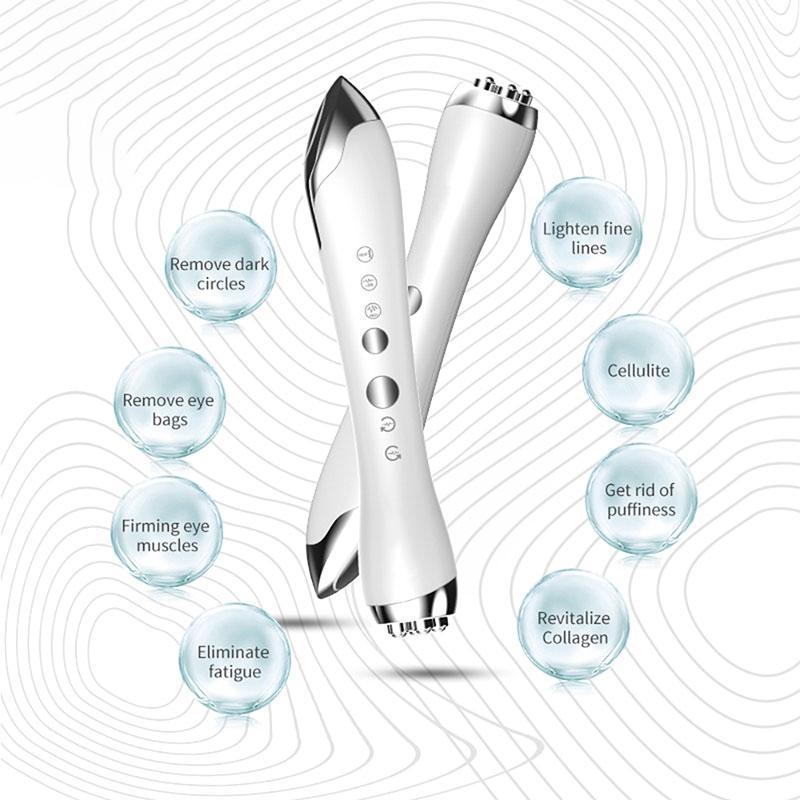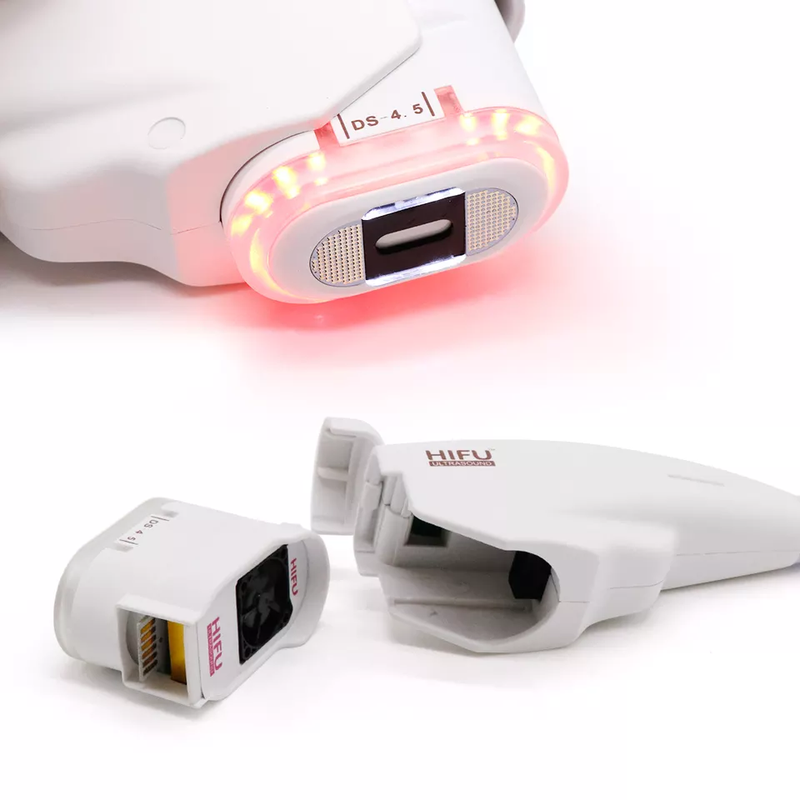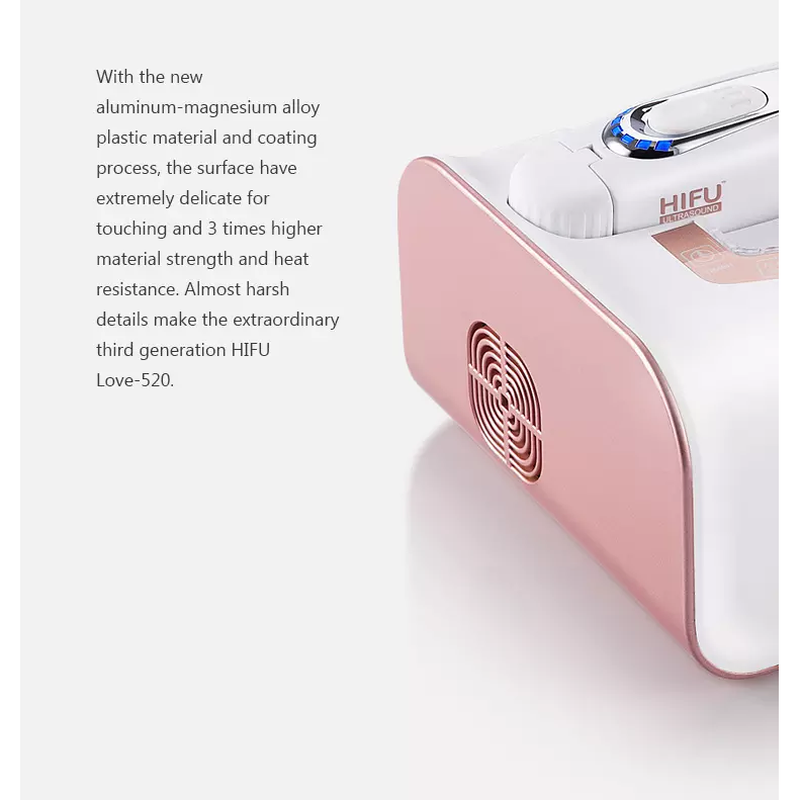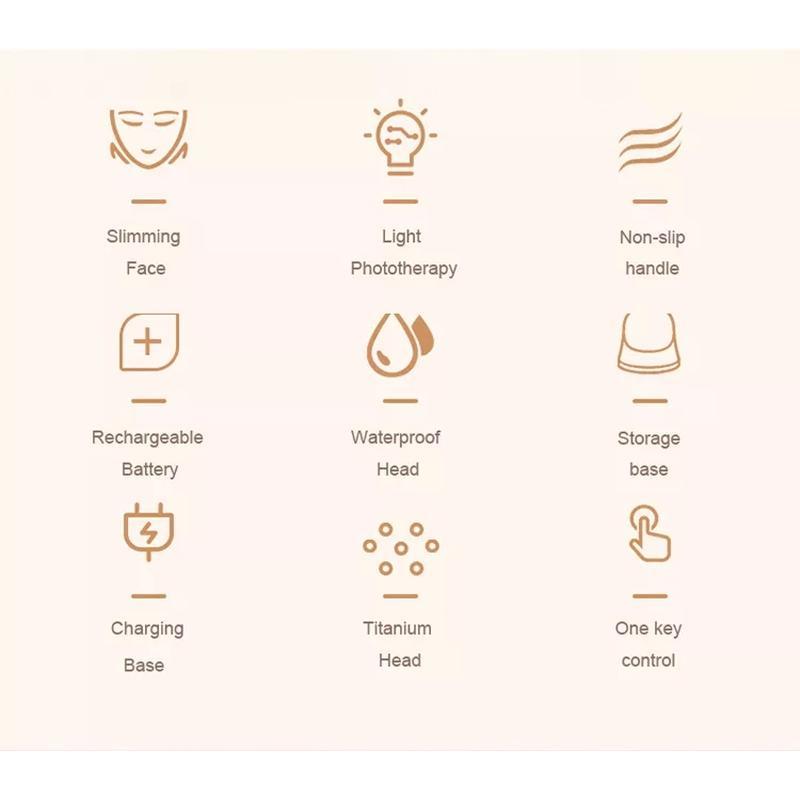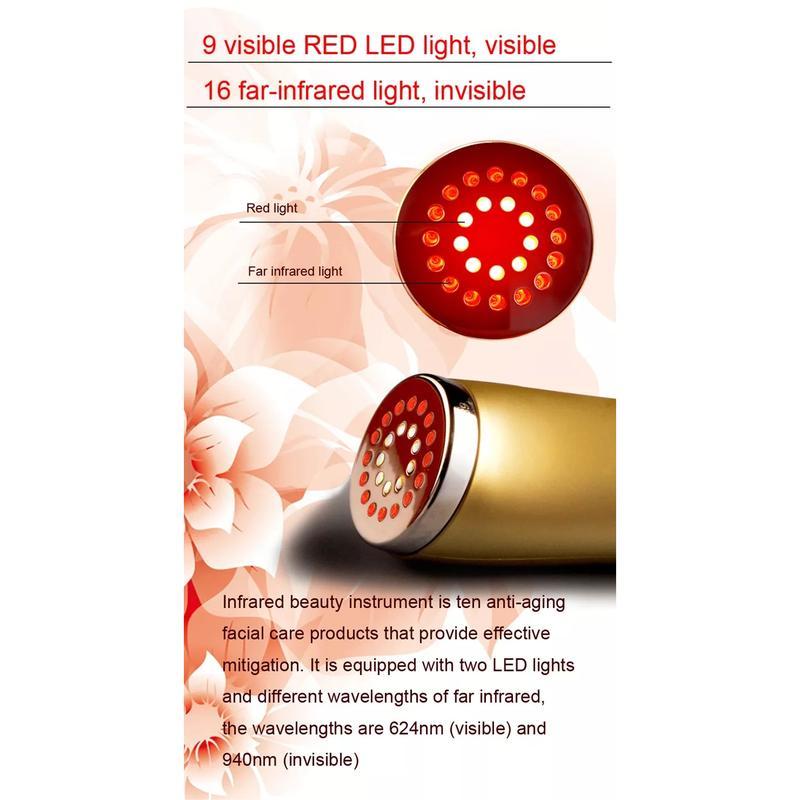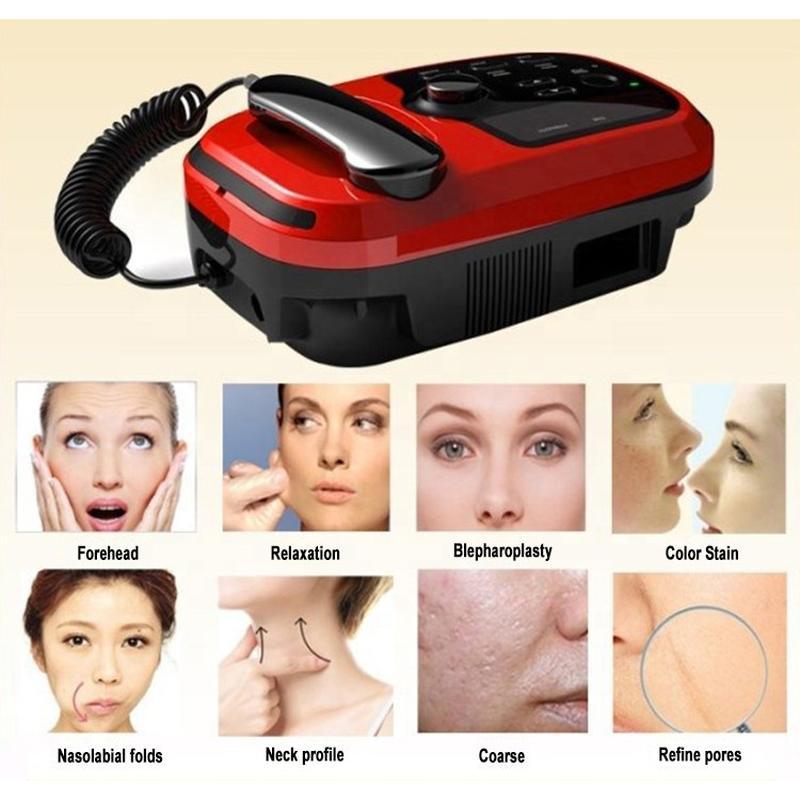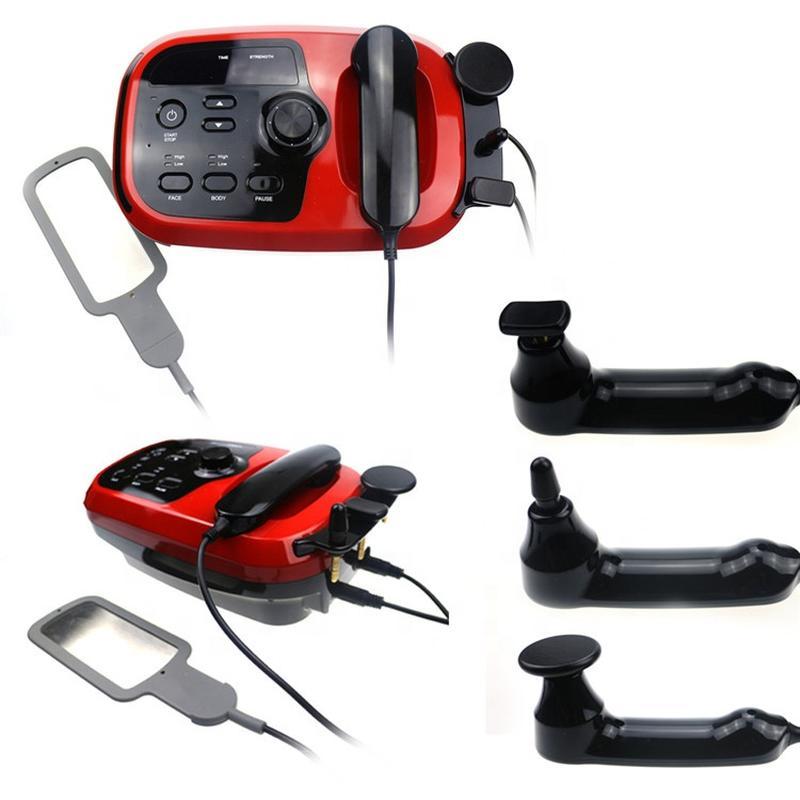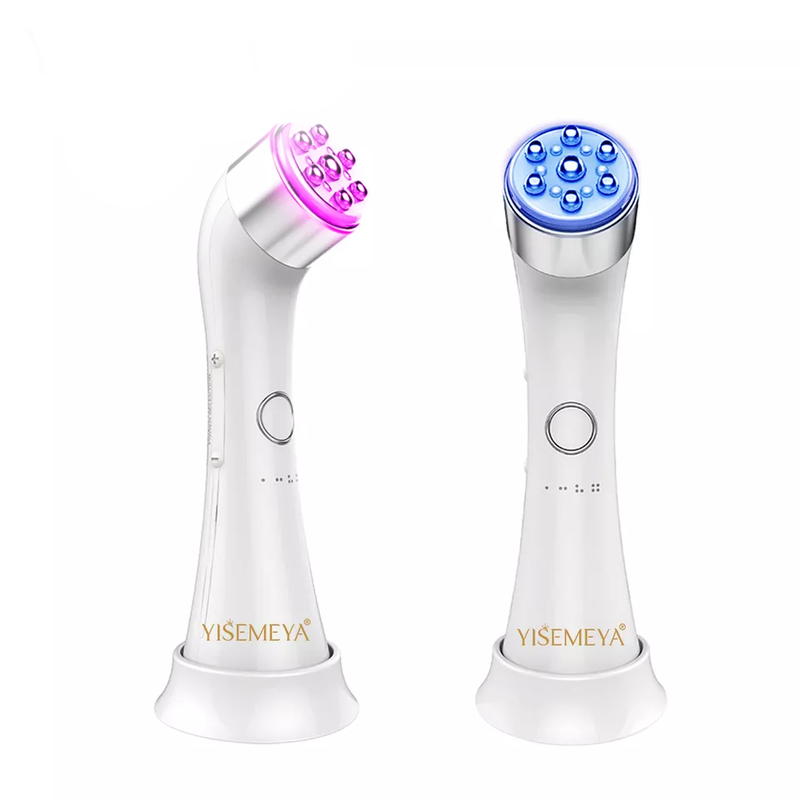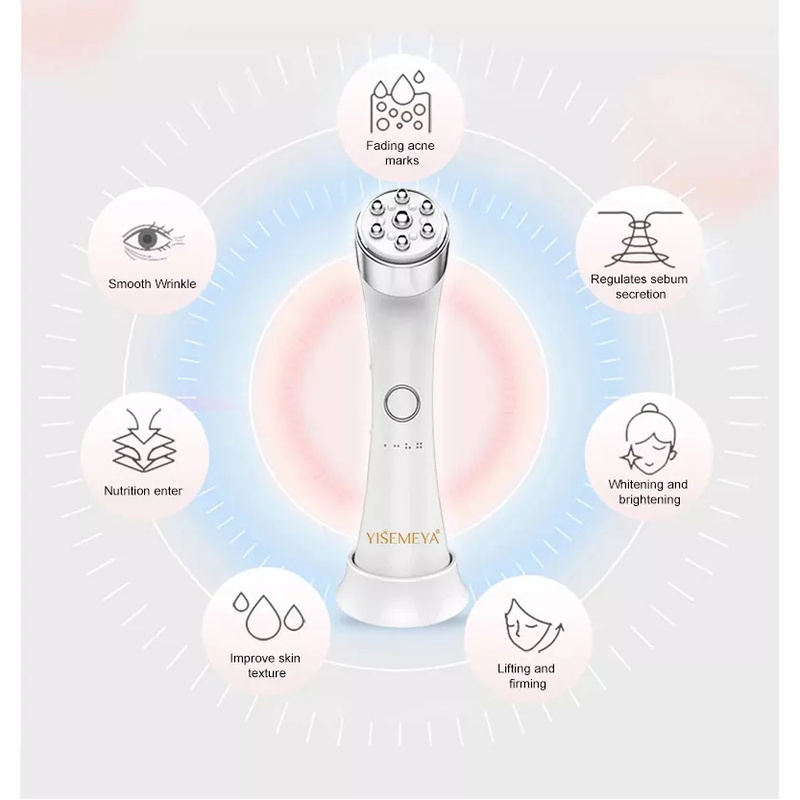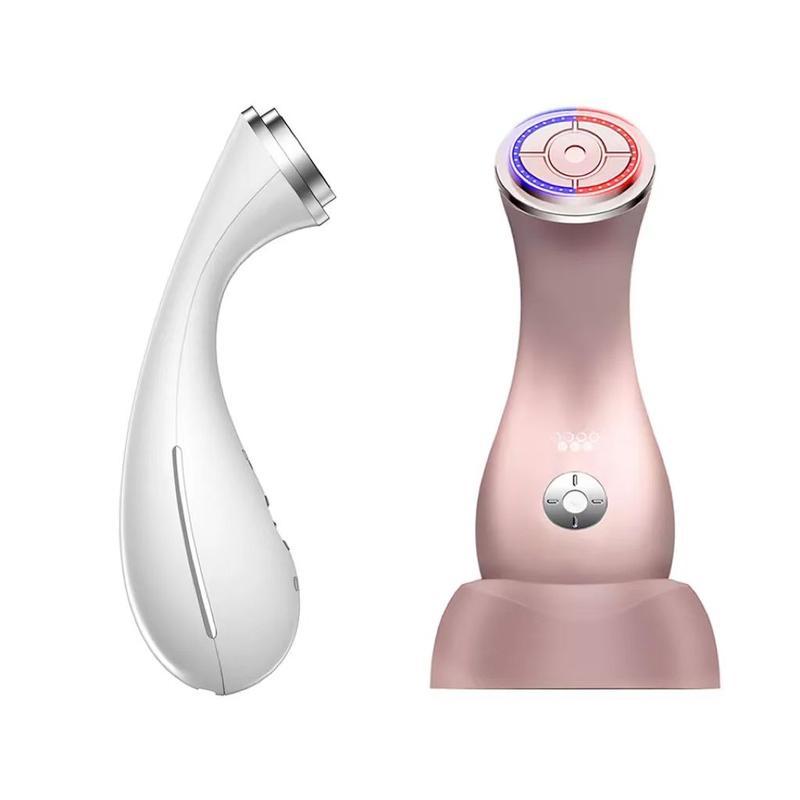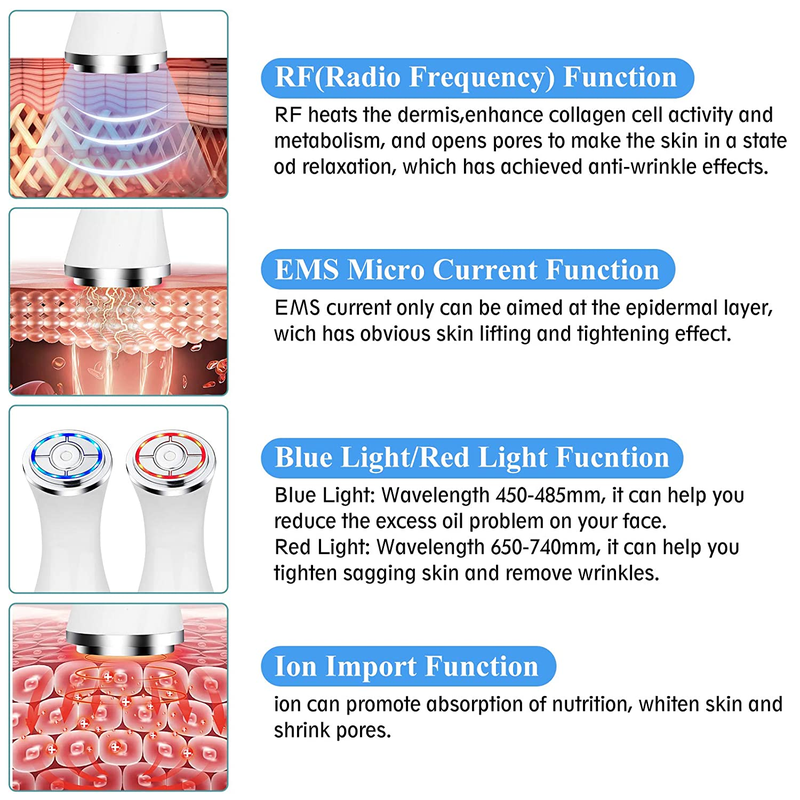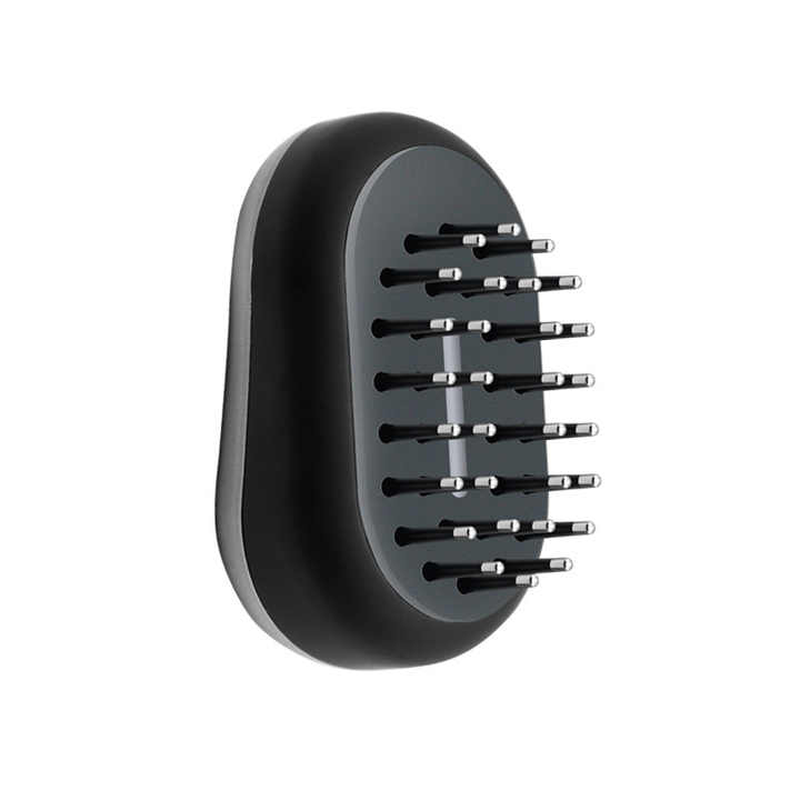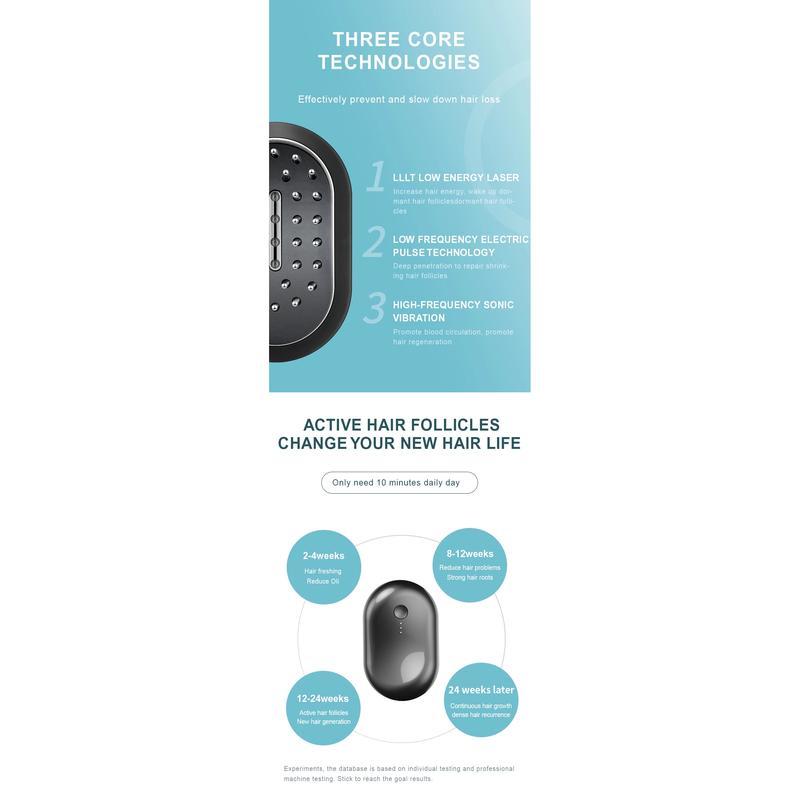Light therapy, also known as phototherapy, is a treatment method that uses different wavelengths of light to trigger various biological responses in the body, primarily for therapeutic and aesthetic purposes.
Light Therapy
Light therapy, also known as phototherapy, is a treatment method that uses different wavelengths of light to trigger various biological responses in the body, primarily for therapeutic and aesthetic purposes. It operates on the principle that specific wavelengths of light can interact with cells, tissues, and molecules within the body, initiating processes that promote healing, rejuvenation, and overall well - being.
How Does Light Therapy Work?
At the cellular level, light energy is absorbed by chromophores within cells. Chromophores are molecules that can absorb light of specific wavelengths. When these chromophores absorb light, they convert the light energy into chemical energy, which then activates a series of biochemical reactions. For example, in the case of red light therapy, mitochondria in cells are thought to be a primary target. Mitochondria, often referred to as the “powerhouses” of the cell, use the absorbed light energy to increase the production of adenosine triphosphate (ATP), the cell's main energy currency. This enhanced energy production can lead to increased cell metabolism, improved cell function, and accelerated tissue repair.
Types of Light Therapy
Red Light Therapy
Red light has a relatively long wavelength, typically ranging from 620 - 750 nanometers. It can penetrate the skin to a depth of about 8 - 10 millimeters. Red light therapy is well - known for its anti - inflammatory properties. It can reduce swelling and pain by inhibiting the production of pro - inflammatory cytokines. In the beauty industry, red light therapy is used to stimulate collagen production. Collagen is a protein that gives the skin its firmness and elasticity. By promoting collagen synthesis, red light therapy can help reduce the appearance of wrinkles, fine lines, and improve skin texture, resulting in a more youthful complexion.
Blue Light Therapy
Blue light has a shorter wavelength, usually between 400 - 490 nanometers. It is highly effective in treating acne. The blue light is absorbed by porphyrins, which are produced by the Propionibacterium acnes bacteria that cause acne. When porphyrins absorb blue light, they generate reactive oxygen species that destroy the bacteria. This not only clears existing acne but also helps prevent new breakouts. Additionally, blue light therapy can reduce sebum production, further contributing to acne control.
Near - Infrared Light Therapy
Near - infrared light has the longest wavelength among the commonly used light therapy types, ranging from 700 - 1000 nanometers. It can penetrate the skin even deeper than red light, reaching up to 5 - 10 centimeters. Near - infrared light therapy is beneficial for muscle recovery and pain relief. It can increase blood flow to the treated area, bringing more oxygen and nutrients to the muscles. This helps to reduce muscle soreness, speed up recovery after exercise, and alleviate chronic pain conditions such as arthritis.
Applications in the Beauty Industry
Light therapy has revolutionized the beauty industry, offering non - invasive and effective solutions for various skin concerns. MBS - MED, as a leading beauty machine manufacturer, offers a range of high - quality light therapy devices. These devices can be used in professional beauty salons and clinics, as well as for at - home use. For instance, our combined red and blue light therapy devices can address both anti - aging and acne - related issues simultaneously. The red light promotes skin rejuvenation, while the blue light targets acne - causing bacteria.
Benefits of Light Therapy
One of the major advantages of light therapy is its non - invasiveness. Unlike surgical or injectable treatments, light therapy does not involve any incisions, needles, or anesthesia. This means there is minimal risk of side effects, such as infection, scarring, or allergic reactions. It is also a relatively painless procedure, making it suitable for a wide range of patients. Moreover, light therapy can be customized according to individual needs. The intensity, duration, and wavelength of the light can be adjusted to target specific skin conditions or achieve desired aesthetic results.
In conclusion, light therapy is a versatile and powerful treatment method with a wide range of applications in the beauty and wellness fields. As MBS - MED, we are committed to providing innovative and reliable light therapy machines that deliver outstanding results, helping our clients achieve beautiful and healthy skin.

